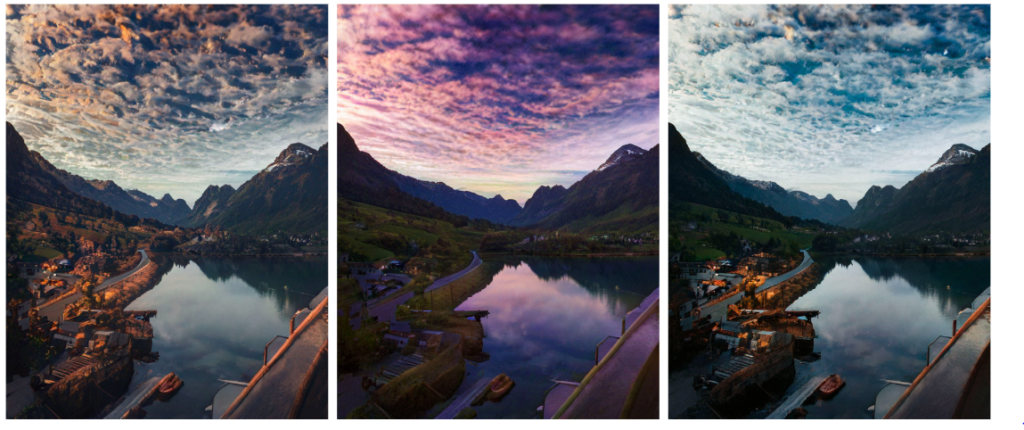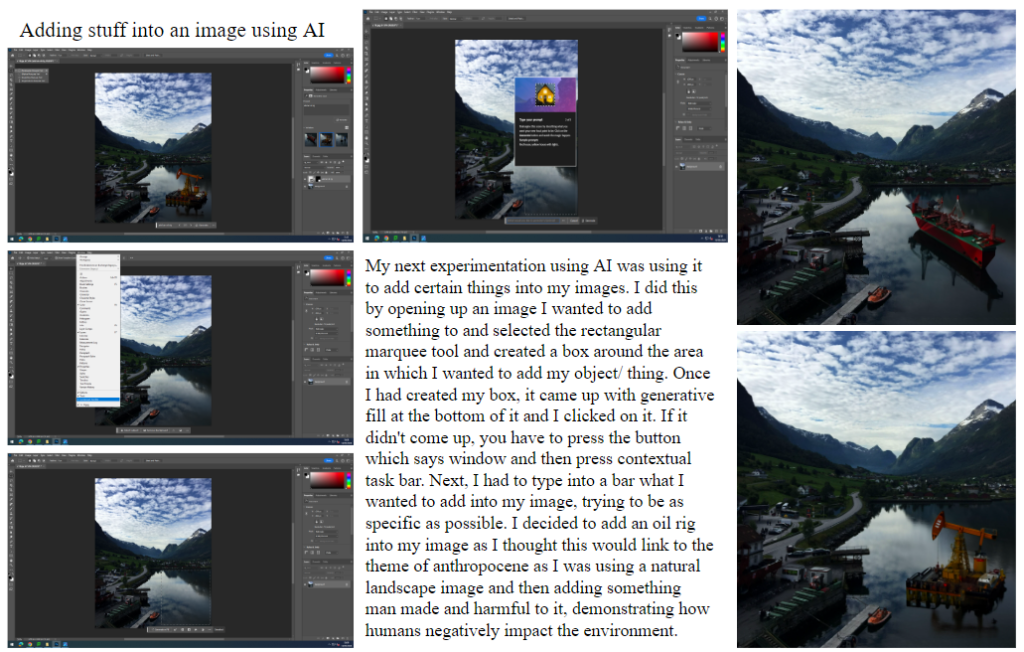
Earlier Stages/His background & Style:
Edward was an American Photographer (Born in Chicago in 1886 and moved to California at 21 years old), he has been called the “one of the most influential and innovative American photographers” as well as “one of the masters of 20th century photography”. Over the course of Edwards’s 40 year career he too photographs of a large amount set of subjects, including landscapes, still life’s, nudes, portraits, genre scenes and even whimsical parodies.
He spent the years 1923-1926 in Mexico City as part of a international milieu of creative minds which was attracted by the post-revolutionary excitement of political activists/artists such as Diego Rivera, Jose Clemente Orozco, Tina Modotti as well as others.
In 1937 he was the first photographer to receive a Guggenheim Fellowship as well as over the next two years he produced nearly 1,400 negatives using his 8 × 10 view camera.
It is said that Edward developed a “quintessentially American, especially Californian, approach to modern photography” because of his focus on the people and the places of the American west.
As well as Ansel Adams along side him Edward evolved a modernist style which was characterized by the use of a large format in order to create rich black and white photographs with a sharp focus.
In the initial stages of his work it revolved around and was the typical soft focus pictorialism, which was popular at the time. Edward abandoned the style after a few years and he went on to be one of the “foremost champions of highly detailed photographic images”, he concentrated on precise studies of such forms as fruits, vegetables, shells, and rocks.
In the year 1947 Edward was diagnosed with Parkinson’s disease and soon after stopped photographing. The photographer spent the rest of his 10 years remaining spent on overseeing the printing of more than 1,000 of his most famous images.

More on his style:
With the combination of Edwards passion for the love of nature and form as well as his stark objectivity, these factors came in play with and gave his still life’s, portraits, landscapes, and the nude qualities that seemed suited for expressing the New American lifestyle and aesthetic (that had emerged from California and the West from the end of the two world wars)
Edward helped develop a more modernist style characterized by using a large-format camera to create these focused and detailed black and white photographs.








